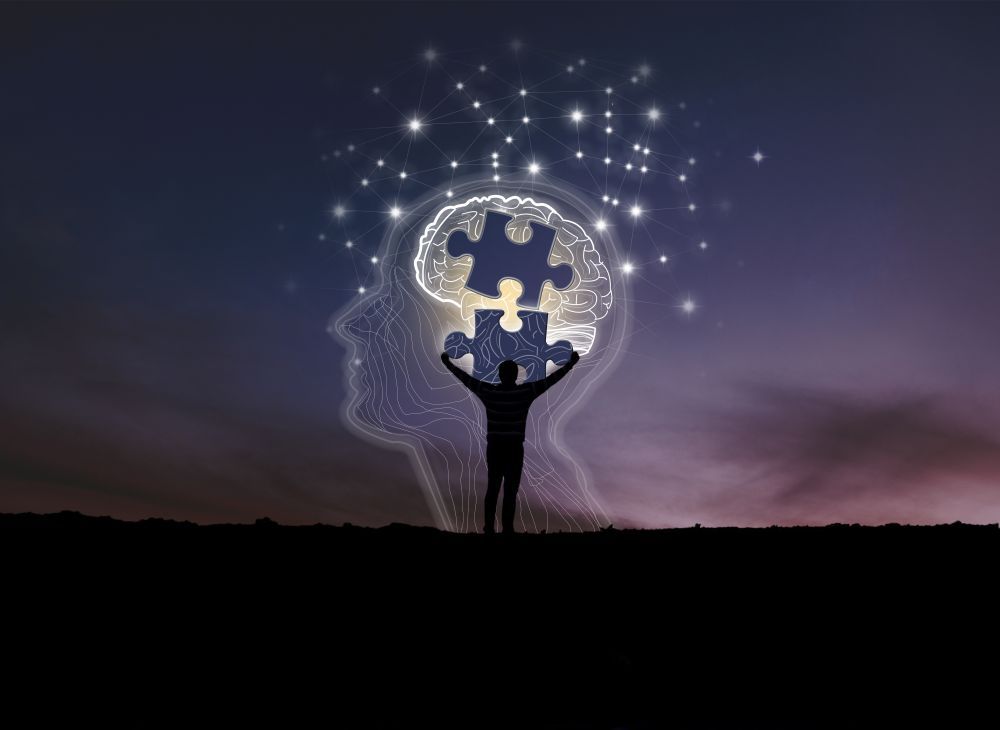Article
Leveraging GAT to Address Sleep Burden in Youth
Author(s):
New research explores the impact of GAT on TGNC youth.
Urupong/Adobestock

RESEARCH UPDATE
Research increasingly is finding a heavy mental health burden among youth who identify as LGBTQ+. Now, new data indicates gender-affirming therapy may help address an increased risk of sleep disturbances among this patient population.
Ronald R. Gavidia Romero, MD, MS, clinical assistant professor of neurology at the University of Michigan Medical School, and colleagues conducted a retrospective cross-sectional study utilizing a large US-based administrative claims database. Participants included 1,216,044 youth aged 12 to 25 years, of which 2603 (0.2%) identified as transgender or gender-nonconforming (TGNC). About half (1387) pursued gender affirming therapy (GAT); 868 and 519 were identified as transmasculine and transfeminine, respectively.
In comparison with cisgender youth, TGNC youth had higher odds ratios (OR) of insomnia (OR = 5.4, 95% confidence interval 4.7, 6.2), sleep apnea (OR = 3.0, 95% confidence interval 2.3, 4.0), and other sleep disorders (OR = 3.1, 95% confidence interval 2.5, 3.9). However, data indicated that GAT had a positive impact on reported sleep disorders. Romero and colleagues found a decreased risk of sleep disorders for TGNC youth who were receiving GAT as opposed to those who were not receiving GAT (OR = 0.5, 95% confidence interval 0.4, 0.7).
“This study demonstrated a high burden of sleep disorders in TGNC youth in comparison to cisgender,” Romero and colleagues concluded. “However, GAT may confer a protective effect on sleep disorders among TGNC youth. Longitudinal assessments of sleep disorders prior to and post-GAT are needed to uncover their temporal relationships.”
To learn more about GAT, please see "Treating Transgender Youth."
Reference
1. Gavidia R, Whitney DG, Hershner S, Selkie EM, Tauman R, Dunietz GL. Gender identity and transition: relationships with sleep disorders in US youth. J Clin Sleep Med. 2022;18(11):2553–2559.






